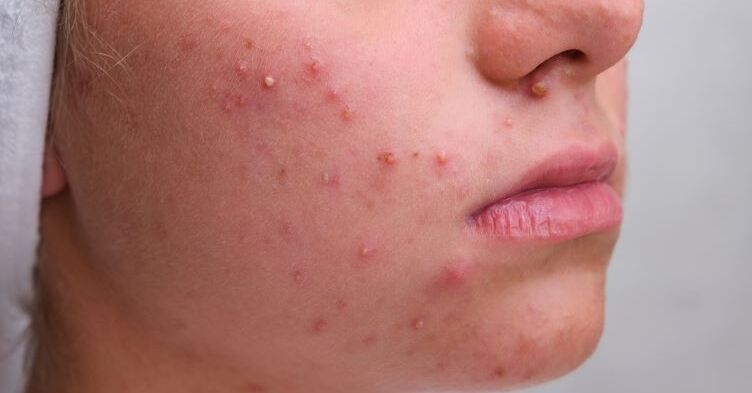Several times a year a colleague and I hold tissue viability link-nurse meetings. At the last one we held, one of the link-nurses brought in a broadsheet newspaper that had a half page advert asking people if they had ever developed a pressure ulcer while being a patient in hospital. I have never seen anything like this before and was a bit shocked. This was an advert by a medical negligence company. A quick search on the internet of the terms ‘pressure ulcer’ and ‘negligence’ will bring up several pages of legal websites all offering their services. The advert in the broadsheet used pictures of bruised apples to try to explain to people what a pressure ulcer was. It also listed the compensation amounts that could be achieved by pursuing a clinical negligence claim.
Related Article: CPD: Case by case – acute and emergency dermatology presentations
To succeed in a clinical negligence claim for pressure ulcer damage, it has to be proved that the pressure ulcer was preventable and that reasonable care was not provided to prevent its formation. When pursuing a clinical negligence claim the legal teams will have the medical and nursing documentation available to make their assessments. Often it is a case that the nursing care provided was good and did not cause the ulcer to develop, but it is often poor documentation that leads the legal teams to decide that the pressure ulcer was preventable and reasonable care was not provided.
Related Article: Mythbuster: ‘This patient’s ulcer swab is positive so they need antibiotics’

All of us as nurses will be familiar with the statement ‘if it hasn’t been written down then it hasn’t been done. I am hoping that one day I stop seeing phrases like ‘skin intact’ and ‘regular pressure area care provided’. They are ambiguous terms and do not describe that the skin has been assessed properly and that pressure area care has been provided.
Although, what we document is important, so too is the documentation itself. Many Trusts and organisations are using poor documentation to record the patient journey. If the risk assessment tool your organisation is using is not capturing patients at risk, then you need to change it to one that does. Our Trust uses three different risk assessment tools because different clinical areas require a tool specific to their area. If the SSKIN bundle your organisation uses is capturing ambiguous information about skin inspections and turning regimes then it needs reviewing and changing.
Related Article: Top tips for supporting patients with acne
As nurses we constantly worry about what we are documenting and whether the care we are providing is not going to cause harm. None of us would intentionally cause harm to a patient, but sometimes our omissions have the potential to cause harm. One omission that is pertinent to pressure ulcers and tissue viability, is where a patient is not referred to a tissue viability nurse promptly enough. As devastating as it might be for a nurse to discover she/he has been looking after a patient who has developed a heel blister, it is important to refer that patient to a tissue viability nurse. The tissue viability nurse can give advice on getting that blister heeled and ensuring it doesn’t deteriorate further. The heel has a thin layer of skin that covers the calcaneus bone with no subcutaneous layer and once broken can result in an ulcer that is down to the bone if prompt interventions are not instigated.







